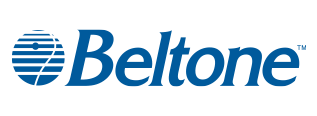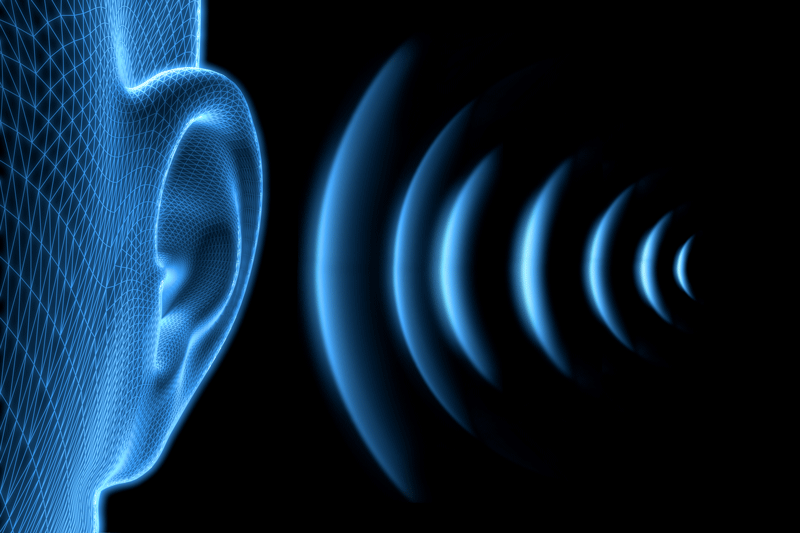How Does A Standard Threshold Shift Affect Hearing
If you work in an environment with loud noises, you'll want to do everything to protect your hearing. In fact, OSHA provides various requirements for your employer to put in place. This helps to protect you from hearing loss day in and day out when you work at a noise-hazardous job. Knowing what these baselines are can help to ensure that your hearing is being protected.
What is a Standard Threshold Shift?
A standard threshold is also known as a baseline hearing level. A hearing specialist takes your standard threshold when an employee is first hired for a job. This is common for any position that is a noise-hazardous job. The whole point is to establish a standard hearing profile for the employee. This allows your doctor to compare it to future hearing exams.
Employees should be getting regular hearing exams to help catch any hearing issues. At the very least, you should get it tested every year, according to OSHA. Some employers will go above and beyond OSHA requirements. This includes testing their employees two to four times per year.
What Happens When There is a Change in Your Standard Threshold?
From time to time, you may notice that your standard threshold changes. This should prompt a series of steps. These steps help to protect you from any future noise-induced hearing loss. First, they should reassess the fitment of your hearing protectors. You may need to make adjustments so that they're more protective.
Next, going over the dangers of hearing loss and how to protect yourself against it can help. Employers should compare baseline changes in all workers within that specific sector. This helps to see if there is a need for changes to offer more protection for workers.
What OSHA Laws Protect Workers From Noise-Induced Hearing Loss?
OSHA has set federal hearing conservation standards for all employers. These look for any changes in an employee's baseline threshold of 10 decibels or more at 2000, 3000, or 4000 hertz. They test to see if it occurs in one or both ears. If there is a changes, there is a standard threshold shift, otherwise known as an STS.
NIOSH has proposed new standards to help diagnose baseline shifts at hazardous-noise workplaces. By NIOSH standards, there is an STS if there is a 15-decibel change. This changes must be in frequency ranges of 500, 1000, 2000, 3000, 4000, or 6000 hertz. To confirm an official STS, you must have a secondary hearing exam within 30 days of the initial exam. This is to confirm the results. This is the 15dB twice method for evaluation.
Call Us Today
If you're noticing a problem with your hearing loss, then it's time to give us a call. Let our hearing care professionals assist you with all your hearing care needs.






